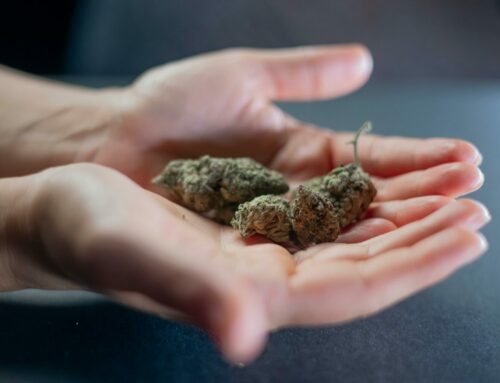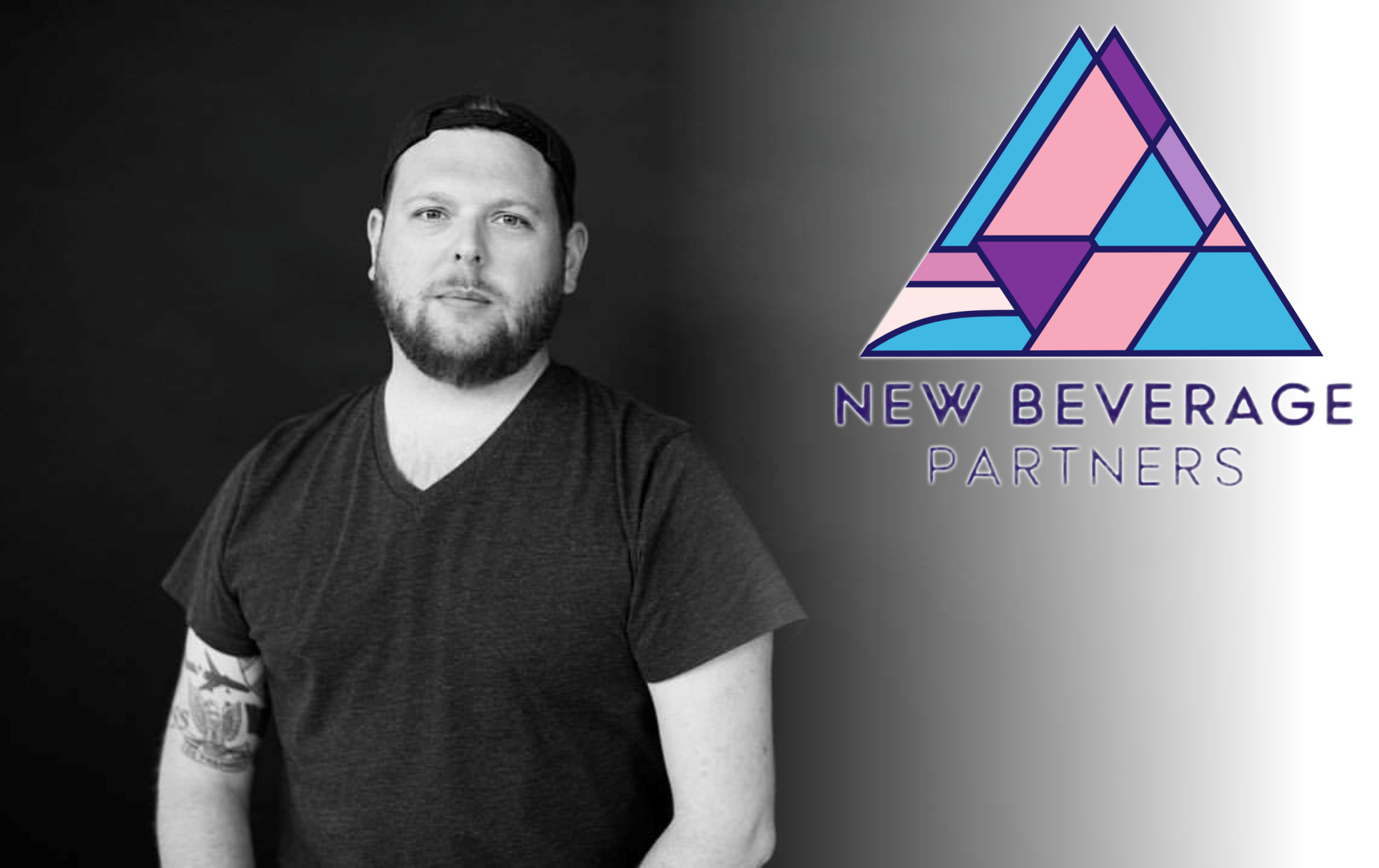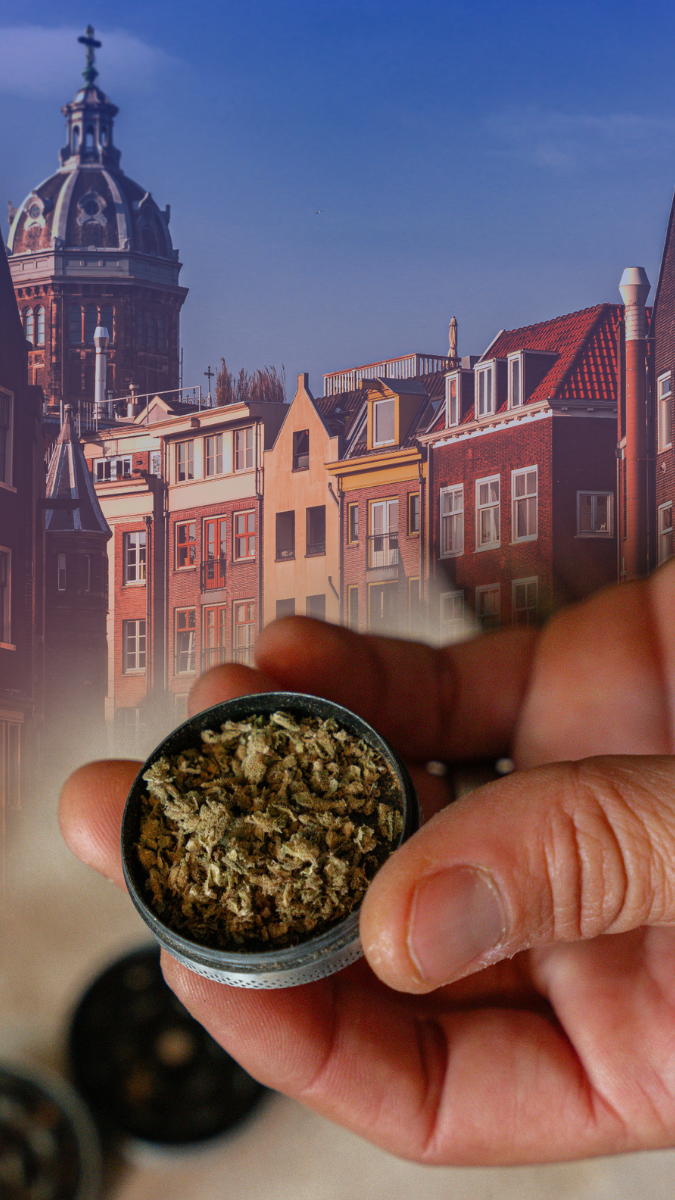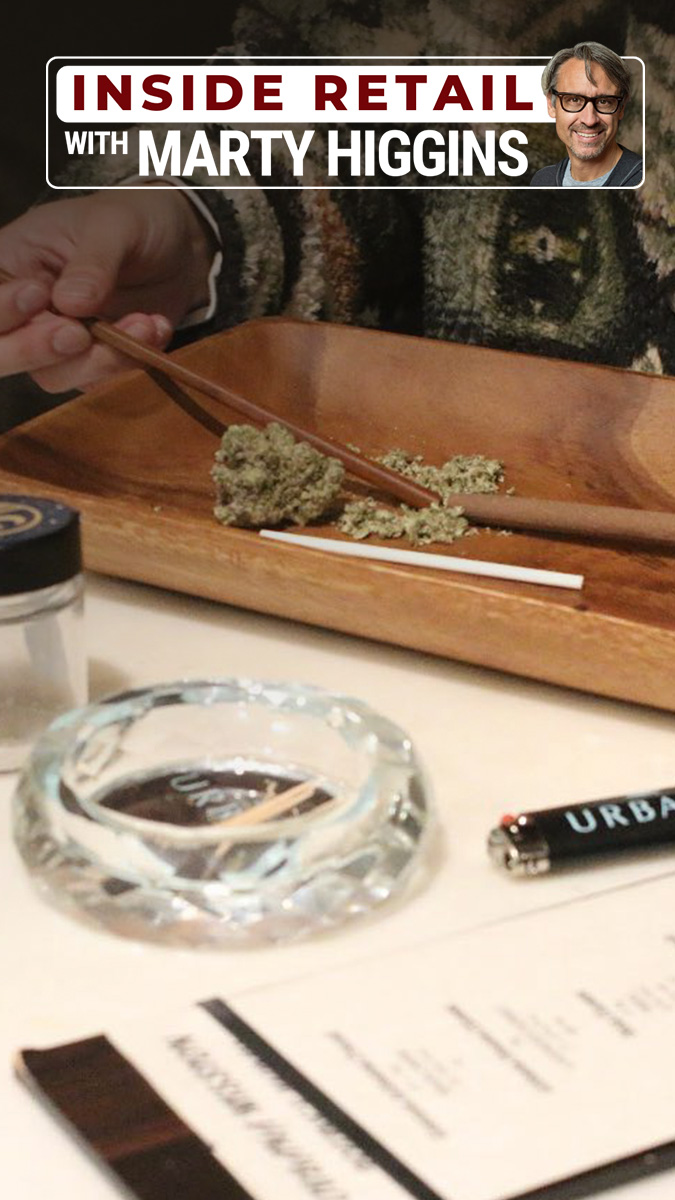Quebec’s Cannabis Retail Landscape: The Struggles and Future Possibilities
TORONTO — While corner shops selling recreational cannabis have become a familiar sight in most major Canadian cities since its legalization five years ago, the landscape appears significantly different in Quebec.
Toronto, Canada’s largest city, boasts over 400 licensed cannabis retail outlets spanning its six boroughs. In stark contrast, Montreal — the nation’s second-largest city — has just 21 within its borders, augmented by a few in its suburbs.
The cannabis sales terrain in Quebec is defined by its government-owned retail monopoly, Société québécoise du cannabis (SQDC). Operating 98 stores across the province, SQDC’s restrained plans for retail expansion raise eyebrows about the potential growth of the regulated industry in Canada’s second most populous region.
SQDC’s recent annual report divulged a sales figure of 601.9 million Canadian dollars ($449 million) for the year ending March 25 — a marginal increase from the preceding year, in stark contrast to the growing cannabis market in other parts of Canada.
While Quebec’s sales from legal recreational cannabis in May reached CA$52.5 million, it was outpaced by the smaller provinces of Alberta and British Columbia, raising concerns about Quebec’s position in the national market.
Michel Timperio, Executive Chair of Association Québécoise de l’Industrie du Cannabis (AQIC), highlights the need for more retail outlets. Amid these concerns is an ongoing labor dispute at 24 SQDC locations, which has resulted in intermittent store closures and reduced hours for over a year.
SQDC’s strategic plan for 2024-2026 refrains from discussing any new store openings but hints at diversifying delivery and pick-up services. The possibility of bridging “few market gaps” by opening new stores in the coming three years also surfaces. However, there’s no clarity on a definite target for new outlets by 2026.
Research suggests that the closer consumers are to legal cannabis outlets, the higher the likelihood of a purchase. With Quebec’s limited number of physical stores, the implication is clear: the province is potentially missing out on a significant portion of the market.
Market researcher Michael Armstrong, Associate Business Professor at Brock University, opines that Quebec needs more outlets, but the increase needn’t be drastic. While the SQDC is profitable, reporting a net income of CA$94.9 million ($70.3 million), it faces multiple challenges.
Factors such as labor disputes and plateauing store numbers are considered to be significant contributors to the stagnation of sales. However, the limitations set by Quebec’s government, particularly the restriction on certain popular edible products and vaping instruments, further complicate the picture.
Timperio notes that while SQDC has efficiently executed its limited mandate, the overarching objective of eradicating the black market remains unmet. Business professor Armstrong commends some of SQDC’s practices but emphasizes the need for more stores.
The underlying dynamics of Quebec’s approach to cannabis are deeply embedded in its cultural and societal values. Historically, Quebec has been more accepting of alcohol but has shown reticence towards cannabis. The provincial government’s tepid response to Canada’s federal cannabis legalization further underscores this sentiment.
The pathway ahead for Quebec’s cannabis market remains uncertain. However, the current scenario poses essential questions about the balance between public policy, societal values, and market dynamics.



































